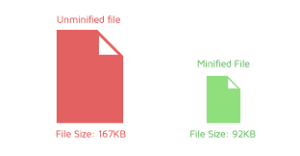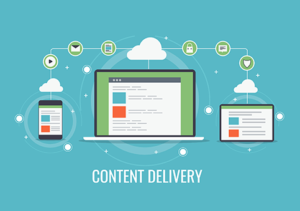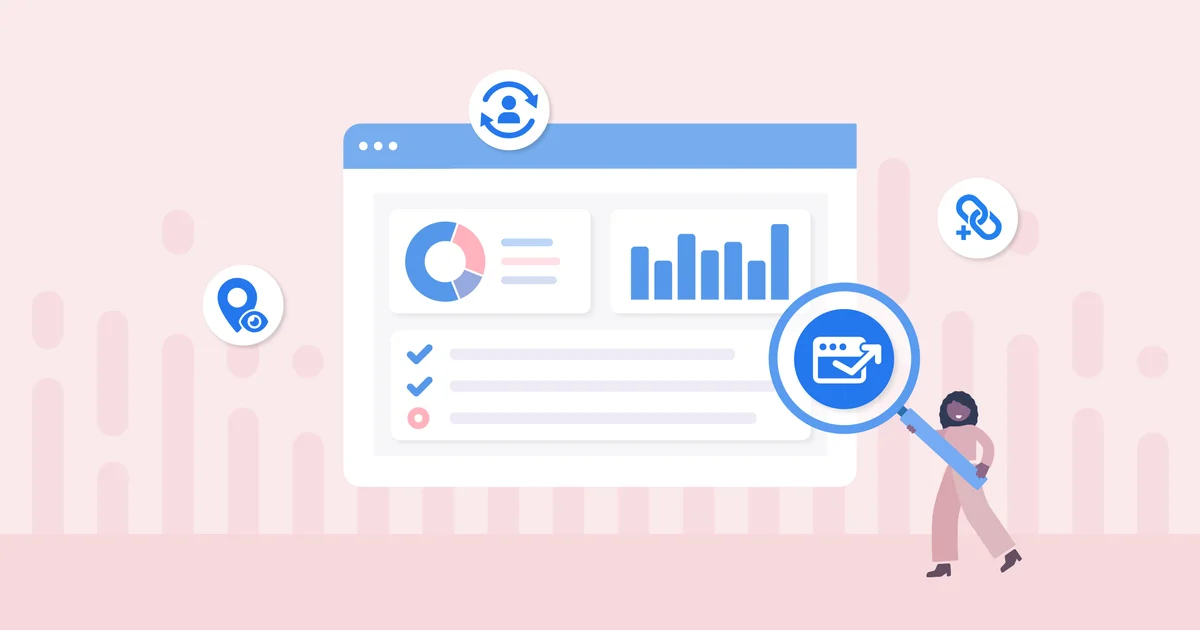Out of many factors, Google considers measuring websites; web vitals are one of them. It enables Google to track a website’s performance and how well it’s doing and it’s one of the important ranking factor.
If you’re one of those people who either doesn’t know how to improve page speed and core web vitals or ignore them intentionally, you’re losing out on so many potential opportunities.
This blog covers what web vitals are and six potent ways to improve your site’s core web vitals for the better.
Core web vitals explained.
Core web vitals are a set of key metrics that helps measure a website’s performance. It includes metrics like load time, interactivity, and visual stability. Google has identified these metrics as being essential to delivering a good user experience on the web.
- LCP – Largest Contentful Paint is the time to load the webpage’s main content. This metric is important because it allows you to measure how long a user has to wait before they can start using a page. The ideal range for LCP is 2.5 sec to 4.0 sec
- FID – Interactivity is the time taken by a page to allow the user to interact effectively or communicate with the page. The ideal range for First Input Delay (FID) is 100ms to 300ms.
- CLS – Visual stability entails the stability of a page while it’s loading. It can be referred to as the movement of the elements present on the page when it is loading. The ideal CLS range is 0.1 to 2.5
These are a few key metrics that impact how Google perceives your site. More such things need your attention if you want to boost your rankings.
This Google SEO algorithm is considered one of the major updates by Google in terms of improving user experience and with core web vital Google tend to improve user experience.
Let’s now look at how you can maximize your site’s performance using a technical SEO guide.
Six proven ways to improve core web vitals in 2023
Caching solutions for the rescue!
Caching is storing data in a temporary memory location to access it more quickly. When a user requests a cached page, the web server will serve the cached version instead of generating a new one.
Caching can be a great way to improve the performance of your website, especially if your pages are dynamic and require a lot of database queries. For a cached page, the server will not need to generate a new version of the page each time requested, which can save a lot of time and resources.
However, there are a few things to remember when using caching. First, the data you are caching should be static and must not change frequently. If a page is cached, but the data keeps changing, the cached version may become outdated and inaccurate. On top of that, you need to be careful about caching too much data, as it can take up a lot of space. Thus, ensure a cache of the data that is necessary.
Minimize JavaScript

JavaScript comes under render-blocking resources that prevent a web page from being rendered until they are downloaded. Despite being a powerful programming language, JavaScript can also be a major source of performance issues.
It can slow down a website’s loading time and make it difficult for users to interact with the page. To minimize the impact of JavaScript on performance, one should understand its functioning and how to use it effectively.
One way to improve core web vitals through JavaScript is to use a minifier. A minifier is a tool that reduces the size of JavaScript code without changing its functionality. It can enable you to reduce the amount of time it takes for the code to download and execute. You can also incorporate other ways to cut down on render-blocking resources and boost your site’s functionality.
Integrate a CDN

A CDN often referred to as a content delivery network, is yet another potent way to ensure your website is working sufficiently well. By integrating a CDN, you can improve core web vitals by offloading some of the work of serving content to your visitors and improving the speed and reliability of your site.
There are a few things to keep in mind when integrating a CDN:
- Make sure you choose a CDN that is compatible with your website’s platform.
- Configure your CDN to work with your domain name.
- Set up CDN-specific caching rules.
- Test your CDN integration to ensure it is working as expected.
- Monitor your CDN usage to ensure it is cost-effective.
By following these steps, you can ensure that your CDN integration is successful and ready to serve its intended purpose of improving core web vitals.
Image and fonts optimization
Properly optimizing images and your site’s fonts can help reduce page load times and improve core web vitals.
While optimizing the images and fonts for the web, a few key metrics need to be taken care of. It includes:
- Use the proper file format for both. JPEGs are generally best for photos, while PNGs or GIFs are better for graphics or images with transparent backgrounds. When it comes to fonts, using web-safe fonts is always a good idea to ensure that your text will be displayed correctly across all browsers.
- Compress your images and fonts before uploading them to your site. It will help reduce their file size, making them quicker to load. There are several free online tools and softwares that can help you with this, such as TinyPNG or Font Squirrel.
These two tips may sound obvious but, in turn, will help to improve core web vitals and deliver a better user experience.
Use a lazy loading strategy
Lazy loading is a strategy used to defer the loading of resources until they are needed. It can be beneficial for performance, as it allows the browser to only load resources that are required at that time instead of loading all resources upfront. It can allow the content to be loaded on-demand as the user scrolls down the page.
There are a few different ways of implementing lazy loading to enhance the user experience.
One common approach is to use JavaScript to detect when the user has scrolled to the bottom of the page and then load additional content at that time. Another approach is to use a placeholder image that is replaced with the actual image once it has been loaded.
Overall, lazy loading can be a helpful performance optimization technique that comes with many potential benefits to improve core web vital.
Timely update your site
Your site is your online identity. It is how you present yourself to the world and connect with your customers. Thus, keeping it up-to-date is non-negotiable when trying to improve core web vitals.
Updating your site includes checking elements such as the speed and security of your site, but it isn’t limited to them solely.
Along with that, you must ensure updating the design and functionality of your site timely too. This can be done by regularly testing your site and ensuring it is compatible with all major browsers and devices, and can also help you improve core web vitals.
Conclusion
The web is constantly changing, and the ongoing trends have the potential to either make or break a website. To thrive in this evolving world, you must be consistent with tweaking your website and ensuring it is up to par with the other websites in your industry. Along with that, make sure to improve core web vitals if you want to catch Google’s eyes.






